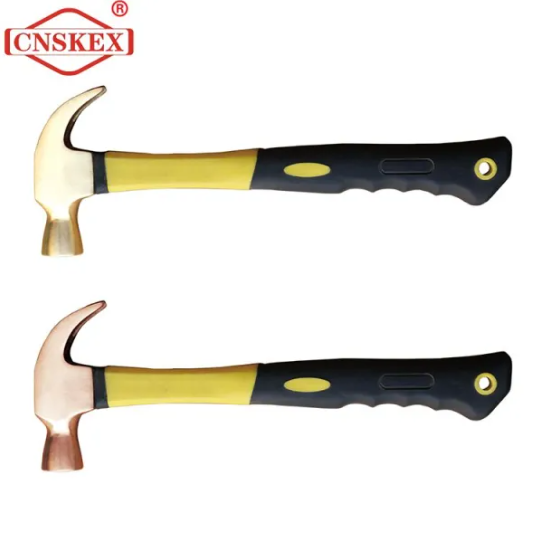Non-Sparking Tools in Oil and Gas: A Safer Choice
In the high-stakes world of oil and gas, safety is paramount. The volatile and flammable nature of the materials involved in these industries demands rigorous safety measures, including the use of specialized tools. Non-sparking tools have emerged as a critical component of safety protocols in oil and gas operations. These tools are designed to prevent the generation of sparks, which could potentially ignite explosive gases, making them an essential choice in environments where safety is non-negotiable.
Understanding Non-Sparking Tools
Non-sparking tools, also known as spark-resistant tools or safety tools, are precisely engineered to minimize the risk of sparking when they come into contact with certain materials. These materials typically include flammable gases, vapors, and dust, which are commonly found in the oil and gas industry. The primary goal of non-sparking tools is to prevent accidental ignition, which could lead to catastrophic accidents, fires, or explosions.
Materials and Construction
Non-sparking tools are typically constructed from specific materials that have low or no risk of creating sparks. The most commonly used materials for these tools include copper-aluminum alloys, brass, bronze, and non-ferrous metals. These materials have low friction and are capable of dissipating heat efficiently, reducing the risk of sparking.
Moreover, non-sparking tools are designed to minimize the impact force, which further reduces the likelihood of generating sparks. This is achieved by using softer materials, which deform on impact rather than creating sparks. Non-sparking hand tools are often coated or made from non-ferrous materials to enhance their anti-sparking properties.

Applications in the Oil and Gas Industry
Non-sparking tools find a wide range of applications in the oil and gas industry due to the hazardous environments and potentially explosive atmospheres present in various operations. Some common applications include:
Maintenance and Repairs: Workers often need to perform maintenance and repair tasks in potentially explosive areas, such as oil refineries, drilling sites, and chemical plants. Non-sparking wrenches, hammers, pliers, and screwdrivers are crucial for these tasks.
Pipeline Operations: The construction and maintenance of pipelines for the transportation of oil and gas involve various potential ignition sources. Non-sparking tools are used for tasks such as tightening bolts, cutting, and welding.
Oil Rigging: On offshore oil rigs, where workers are in close proximity to volatile hydrocarbons, non-sparking tools are essential for day-to-day operations. They include items like shovels, wrenches, and safety knives.
Tank Cleaning: Cleaning and maintenance of tanks that once held flammable materials demand non-sparking tools to reduce the risk of sparking when removing residues.
Confined Spaces: In confined spaces where flammable gases can accumulate, non-sparking tools are essential to ensure worker safety during inspections, repairs, and equipment installation.
Benefits of Non-Sparking Tools
Safety: The primary advantage of non-sparking tools is their ability to prevent fires and explosions in potentially explosive environments. They reduce the risk to workers and equipment.
Compliance: Using non-sparking tools is often a legal requirement in industries dealing with hazardous materials, ensuring compliance with safety regulations.
Productivity: By reducing the risk of accidents and fires, non-sparking tools contribute to uninterrupted operations and increased productivity.
Cost Savings: The prevention of accidents and fires can lead to significant cost savings in terms of insurance, equipment replacement, and downtime.
Conclusion
Non-sparking tools sets have become an indispensable part of the oil and gas industry, contributing to safer and more efficient operations. By preventing sparks in hazardous environments, these tools help protect the lives of workers, the environment, and valuable assets. In an industry where safety is paramount, the choice to use non-sparking tools is an investment in preventing potentially catastrophic consequences.
484
0
0


Comments
All Comments (0)